Below our window at Hutton Lodge grows a hibiscus bush as tall as a tree, its red flowers orbited by little nectar seeking birds. Beyond, the other guests are eating breakfast under the porch roof. Shade would became a compulsion for me in Georgetown. I head for it like a retriever on a scent, yet am foiled by the motorbikes parked on the colonnaded footpaths, the displays of goods spilling out from shopfronts, forcing pedestrians on to scorching, traffic filled roads: it is a foretaste of India. The intense heat here is a constant companion, a very 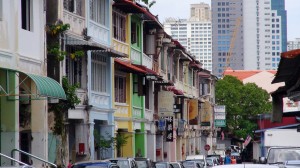 tiresome one when my clothes cling damply and my head streams perspiration – but we are the fortunate ones, who can be immersed in air conditioned chill for bouts of recovery. Perhaps we will adapt to the heat before we reach Delhi, where the temperatures will be even higher.
tiresome one when my clothes cling damply and my head streams perspiration – but we are the fortunate ones, who can be immersed in air conditioned chill for bouts of recovery. Perhaps we will adapt to the heat before we reach Delhi, where the temperatures will be even higher.
Georgetown, and Penang more generally, is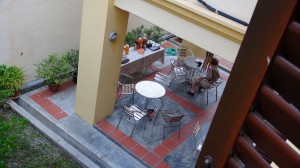 famous for its wonderful food, but that first day is the only time we breakfast at Hutton Lodge. The one choice of limp white toast with strawberry jam and powdered milk teabag tea is just not a good beginning. Quickly we find a local café a few doors down and from then on have spicy, ricey breakfasts (with eggs) and sweet but delicious tea, with a hint of perfume – could it be rosewater, a Middle Eastern tradition?
famous for its wonderful food, but that first day is the only time we breakfast at Hutton Lodge. The one choice of limp white toast with strawberry jam and powdered milk teabag tea is just not a good beginning. Quickly we find a local café a few doors down and from then on have spicy, ricey breakfasts (with eggs) and sweet but delicious tea, with a hint of perfume – could it be rosewater, a Middle Eastern tradition?
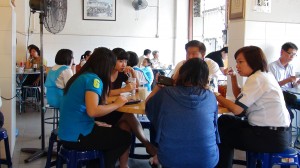 For evenings, we walk to the Teksen Restaurant, a bustling Chinese eatery, ever full of customers, where under the whirling fans we eat unfailingly delicious meals (the garlicky eggplant and ginger duck dishes were my favourites). The efficiency of its waiters is a pleasure to watch. Some of these are elderly women; others young and refreshingly uncaring of appearance or of glamour: cheery and alert, the sort of people you’d love to have beside you in an emergency – or as waiters in frantic restaurants. They also serve restorative chrysanthemum tea, hot or cold, and beer too!
For evenings, we walk to the Teksen Restaurant, a bustling Chinese eatery, ever full of customers, where under the whirling fans we eat unfailingly delicious meals (the garlicky eggplant and ginger duck dishes were my favourites). The efficiency of its waiters is a pleasure to watch. Some of these are elderly women; others young and refreshingly uncaring of appearance or of glamour: cheery and alert, the sort of people you’d love to have beside you in an emergency – or as waiters in frantic restaurants. They also serve restorative chrysanthemum tea, hot or cold, and beer too!
Other nights, we find hawker food 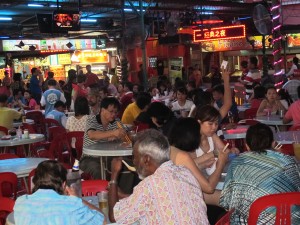 courts, and select dishes quite novel to me. “Fried oysters” are delicious round marbles of flavour cooked in a type of soft omelette – an unlikely combination, I’d have thought! And there is creamy spiced fish, steamed in banana leaf parcels. This delight is produced by a tiny woman, bent double with age, who offers her dish from table to table, with a smile like sunshine. Conservatively, (though there is
courts, and select dishes quite novel to me. “Fried oysters” are delicious round marbles of flavour cooked in a type of soft omelette – an unlikely combination, I’d have thought! And there is creamy spiced fish, steamed in banana leaf parcels. This delight is produced by a tiny woman, bent double with age, who offers her dish from table to table, with a smile like sunshine. Conservatively, (though there is 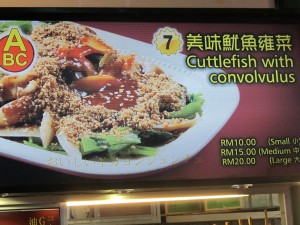 nothing conservative about Michael’s food adventures) I do not try the “glass lettuce”, “sweet and sour ostrich” and “Thai dried fish stomach soup”. But I’m sure they are just the ticket, to those in the know.
nothing conservative about Michael’s food adventures) I do not try the “glass lettuce”, “sweet and sour ostrich” and “Thai dried fish stomach soup”. But I’m sure they are just the ticket, to those in the know.
Almost miraculously, considering the pace of development, the old district of Georgetown has been saved from destruction in the name of high-rise by some brave and visionary souls, who realised its historical importance and its tourist potential. The old opium dens that Michael noted during his travels more than thirty years ago 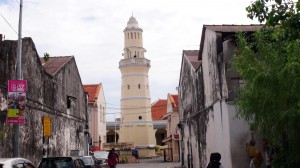 may no longer be there, but Chinatown and its people remain, along with several of the glorious clan houses and temples. Close by, beautiful mosques mark the Islamic presence with dignity and simplicity, the domes and minarets bringing a sense of their origins in lands far away. Little India clamours along with the irrepressible style of Indians anywhere, filmy music filling the air, sari shops spilling colour, the Sri Maha Mariamman t
may no longer be there, but Chinatown and its people remain, along with several of the glorious clan houses and temples. Close by, beautiful mosques mark the Islamic presence with dignity and simplicity, the domes and minarets bringing a sense of their origins in lands far away. Little India clamours along with the irrepressible style of Indians anywhere, filmy music filling the air, sari shops spilling colour, the Sri Maha Mariamman t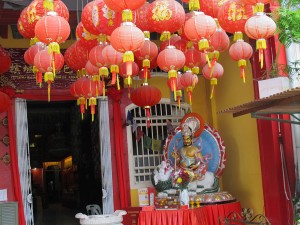 emple at its heart – she who is the great mother protector, goddess of rain and disease (smallpox).
emple at its heart – she who is the great mother protector, goddess of rain and disease (smallpox).
Not least of all these cultural pleasures, the colonial district stands elegantly on the waterfront, the Eastern and Oriental Hotel its icon, and surely the desire of every traveller. Though do I really want to be so privileged above the majority of my fellow humans? Not really, no. Already I have more than my share. And those dreams never quite meet the expected reality.
That first day of discovery we caught sight of  a most beautiful, graciously aged gateway, and in the greenery behind it, a temple, with an air of having been forgotten . As we stood, wondering about this place, which felt almost secretive in its ornate yet subtle quietness, an Indian man of our age (as he revealed) came to speak with Michael. He had lived here his whole life – 60 years – and had never noticed this building until he saw us regarding it. How strange! It felt almost fateful. As we walked further, along a similarly beautiful arcade, painted pale green, with exquisite windows and doorway,
a most beautiful, graciously aged gateway, and in the greenery behind it, a temple, with an air of having been forgotten . As we stood, wondering about this place, which felt almost secretive in its ornate yet subtle quietness, an Indian man of our age (as he revealed) came to speak with Michael. He had lived here his whole life – 60 years – and had never noticed this building until he saw us regarding it. How strange! It felt almost fateful. As we walked further, along a similarly beautiful arcade, painted pale green, with exquisite windows and doorway, 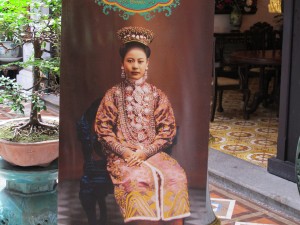 we found that this temple is part of a now famous complex, the Pinang Peranakan Mansion, which serves as a museum of objects, architecture, and a way of life from long ago. Watching from a poster at the entrance is the elegant lady, the nyonya, of the mansion, preserved by photography for this future in which we now find our time.
we found that this temple is part of a now famous complex, the Pinang Peranakan Mansion, which serves as a museum of objects, architecture, and a way of life from long ago. Watching from a poster at the entrance is the elegant lady, the nyonya, of the mansion, preserved by photography for this future in which we now find our time.
The Straits Chinese became known as Per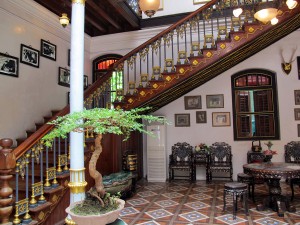 anakan, a people who had assimilated aspects of other cultures – the Malaysians, the British, Southern Indian, Thai – and fused these influences into the food, attire, household goods and architecture of their opulent lifestyle. As a child of the mid twentieth century, much of the colonial era is remnant of my own memory, familiar and precious from early childhood: our grandmother’s house, with its treasures of oriental or 1920s and ‘30s furniture and
anakan, a people who had assimilated aspects of other cultures – the Malaysians, the British, Southern Indian, Thai – and fused these influences into the food, attire, household goods and architecture of their opulent lifestyle. As a child of the mid twentieth century, much of the colonial era is remnant of my own memory, familiar and precious from early childhood: our grandmother’s house, with its treasures of oriental or 1920s and ‘30s furniture and 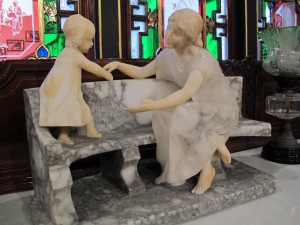 china, some gifted by a seafaring great uncle, evoking an imagined inheritance of security and peace along with their beauty – an intimation of how-things-should-be, a dream to refind, as time went by and as that era disappeared. This is right and good – as the Buddhists say, life is change, and the only happiness comes when that truth is accepted – but to my mind the world seems less gracious now, though our knowledge and attitudes are so expanded.
china, some gifted by a seafaring great uncle, evoking an imagined inheritance of security and peace along with their beauty – an intimation of how-things-should-be, a dream to refind, as time went by and as that era disappeared. This is right and good – as the Buddhists say, life is change, and the only happiness comes when that truth is accepted – but to my mind the world seems less gracious now, though our knowledge and attitudes are so expanded.
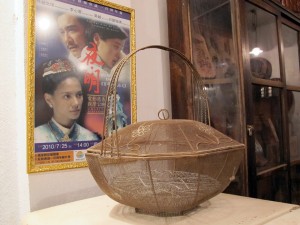 Peranakan Mansion is a showcase of its time, and fascinating for that, yet after the initial pleasure and wonder, its excesses palled, for me. Glass fronted cabinets are packed with collections of china, Victorian glass domes, decorative coloured glassware, which also stand on table tops and sideboards of heavy, carved timber, on floors of patterned tiles or parquet. Etched mirrors reflect tureens of flowers, beside
Peranakan Mansion is a showcase of its time, and fascinating for that, yet after the initial pleasure and wonder, its excesses palled, for me. Glass fronted cabinets are packed with collections of china, Victorian glass domes, decorative coloured glassware, which also stand on table tops and sideboards of heavy, carved timber, on floors of patterned tiles or parquet. Etched mirrors reflect tureens of flowers, beside 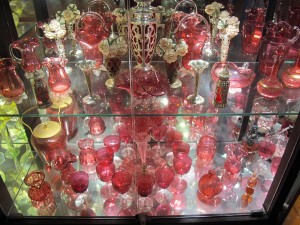 enormous framed portraits of baba and nyonya at their wedding, or of more formal and forbidding ancestors. Elaborate gilded doorways lead to reception rooms filled with more riches, mother of pearl encrusted chairs, great Chinese screens patterned with birds and flowers, or idyllic rustic scenes. The complete kitchen is set apart below, perfectly preserved in its 1930s style, with rows of storage pots or baskets and banks
enormous framed portraits of baba and nyonya at their wedding, or of more formal and forbidding ancestors. Elaborate gilded doorways lead to reception rooms filled with more riches, mother of pearl encrusted chairs, great Chinese screens patterned with birds and flowers, or idyllic rustic scenes. The complete kitchen is set apart below, perfectly preserved in its 1930s style, with rows of storage pots or baskets and banks 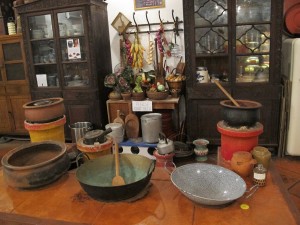 of enamel cookware. The family had not heard the expression “less is more”, it seems. Beautiful objects are lost in the crowded space, even made tiresome to the satiated beholder. But still I wished my mother and aunt, and Marjorie and Noni too, could be with us to see all this. They’d have loved it. It made us smile to think of bringing them with us to Georgetown – but then we had done so, in spirit.
of enamel cookware. The family had not heard the expression “less is more”, it seems. Beautiful objects are lost in the crowded space, even made tiresome to the satiated beholder. But still I wished my mother and aunt, and Marjorie and Noni too, could be with us to see all this. They’d have loved it. It made us smile to think of bringing them with us to Georgetown – but then we had done so, in spirit.
In Pinang Peranakan Mansion, and in 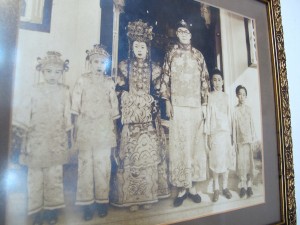 Georgetown generally, so replete with historical threads, I found myself drawn to my own ancestors, my own remembered past, and stories told or imagined that paint my memory in shades of love, wonder, fear or mystery. A visit to Penang Hill the following day was to draw out other poignant associations, but of a different nature entirely.
Georgetown generally, so replete with historical threads, I found myself drawn to my own ancestors, my own remembered past, and stories told or imagined that paint my memory in shades of love, wonder, fear or mystery. A visit to Penang Hill the following day was to draw out other poignant associations, but of a different nature entirely.
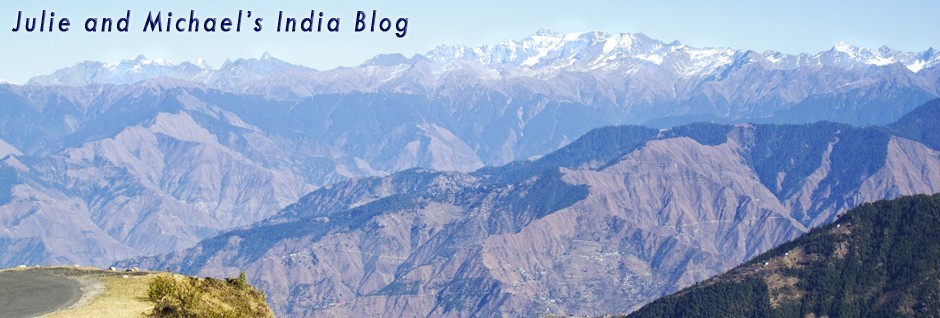
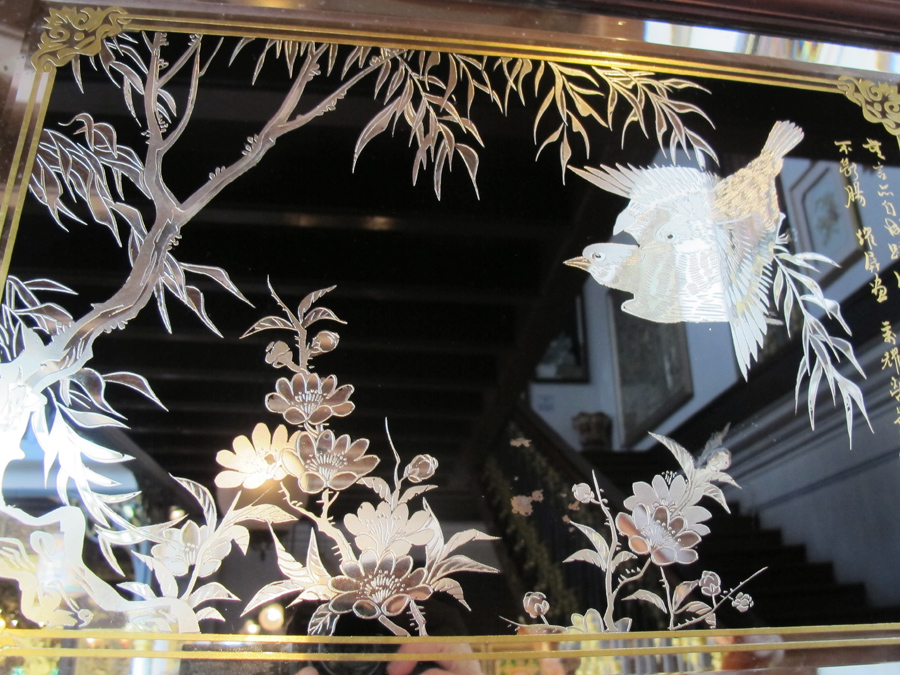
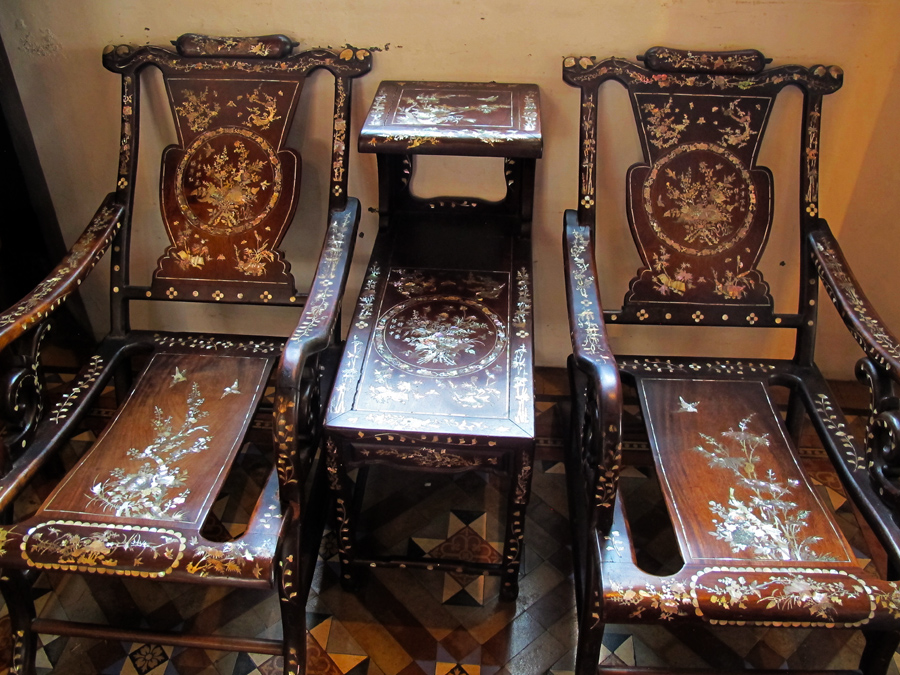

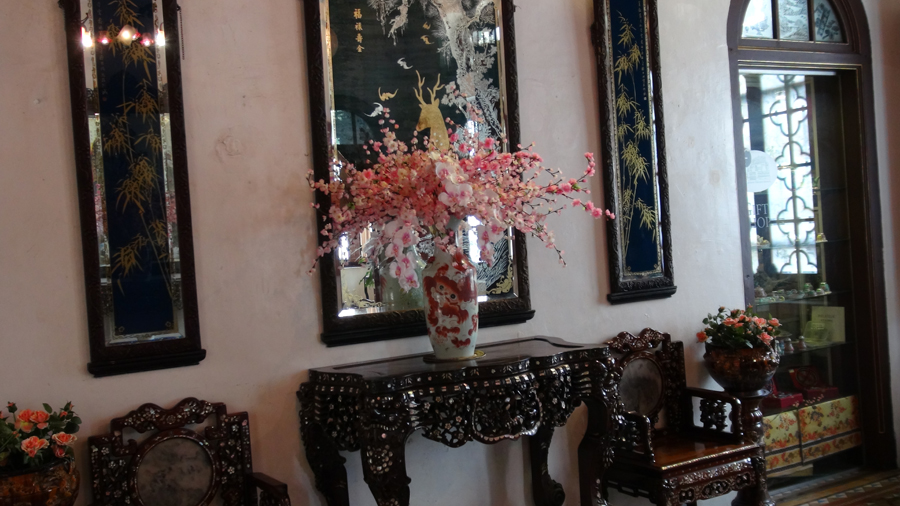
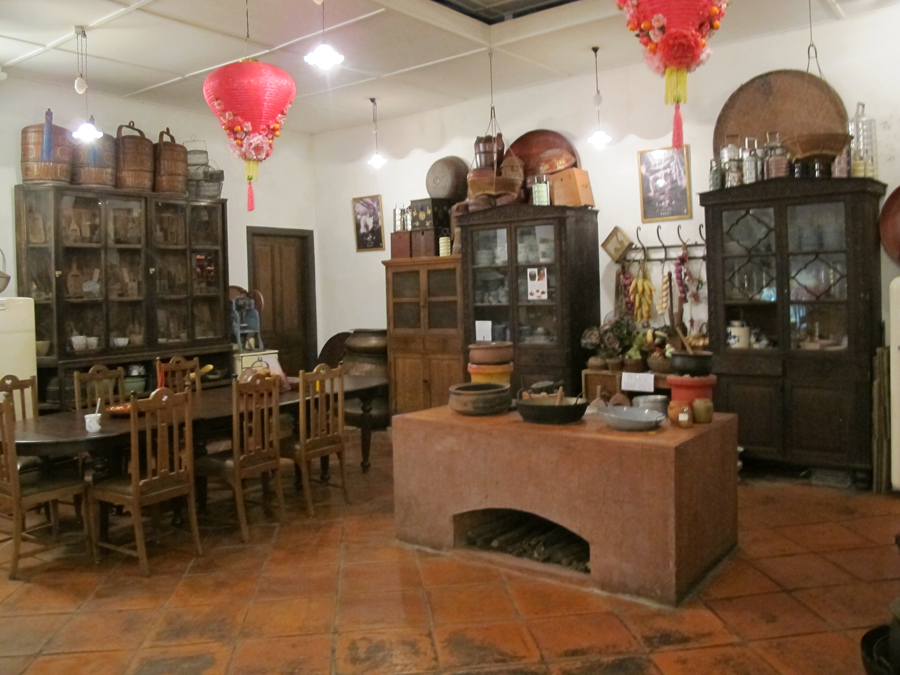

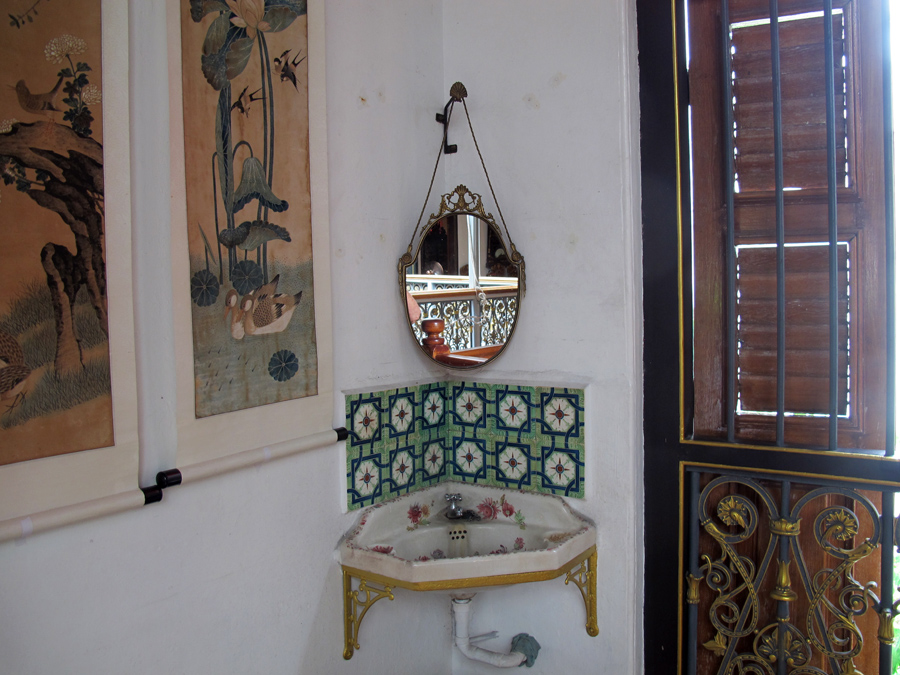
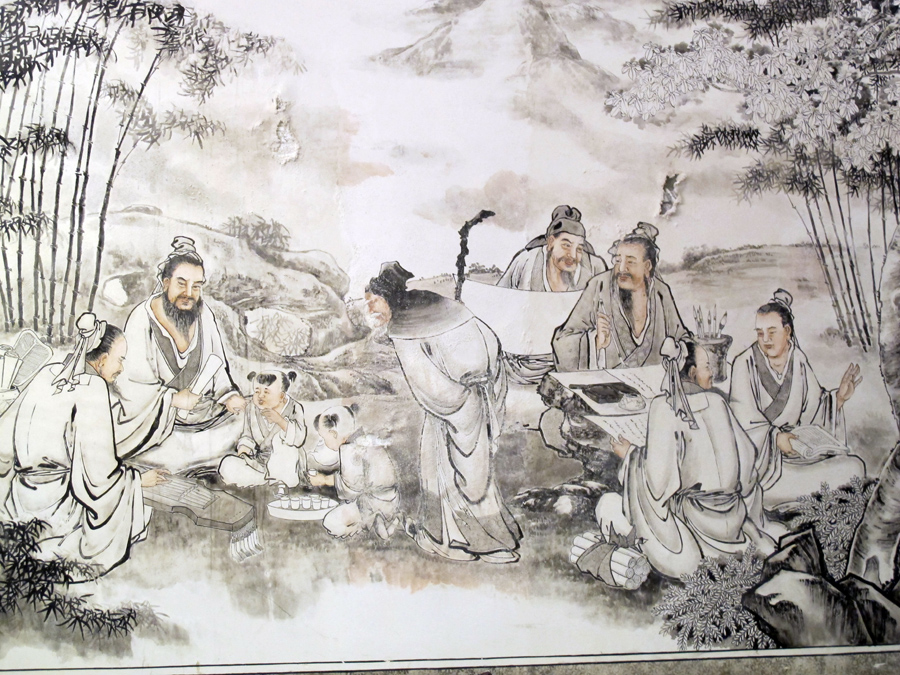
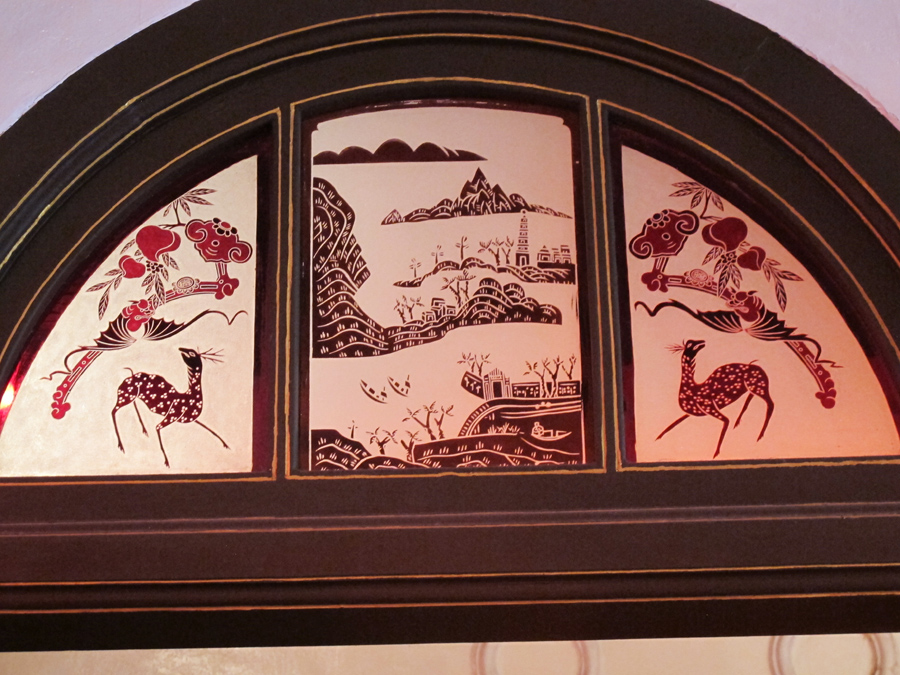
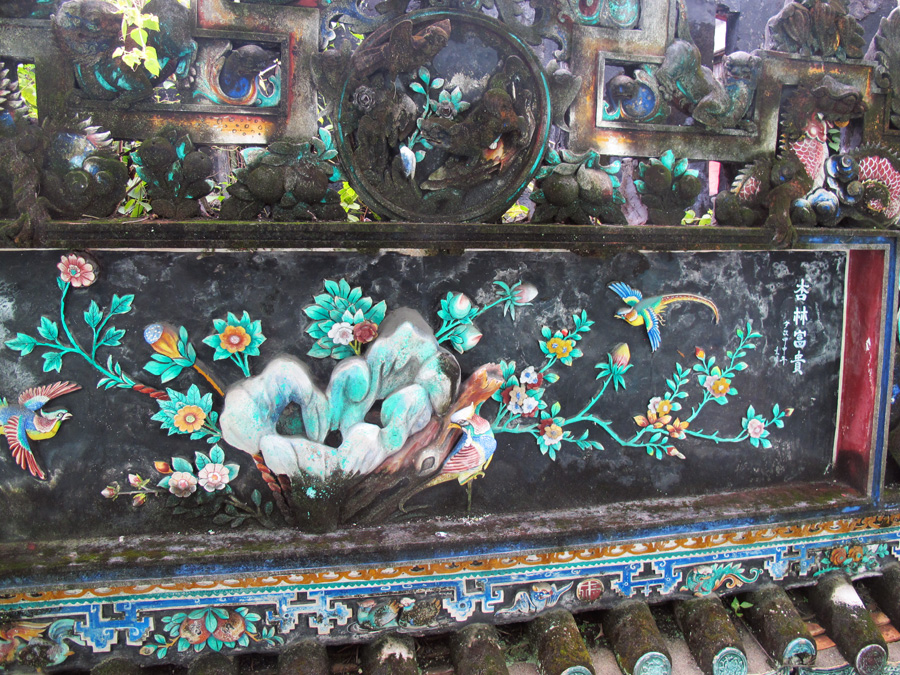
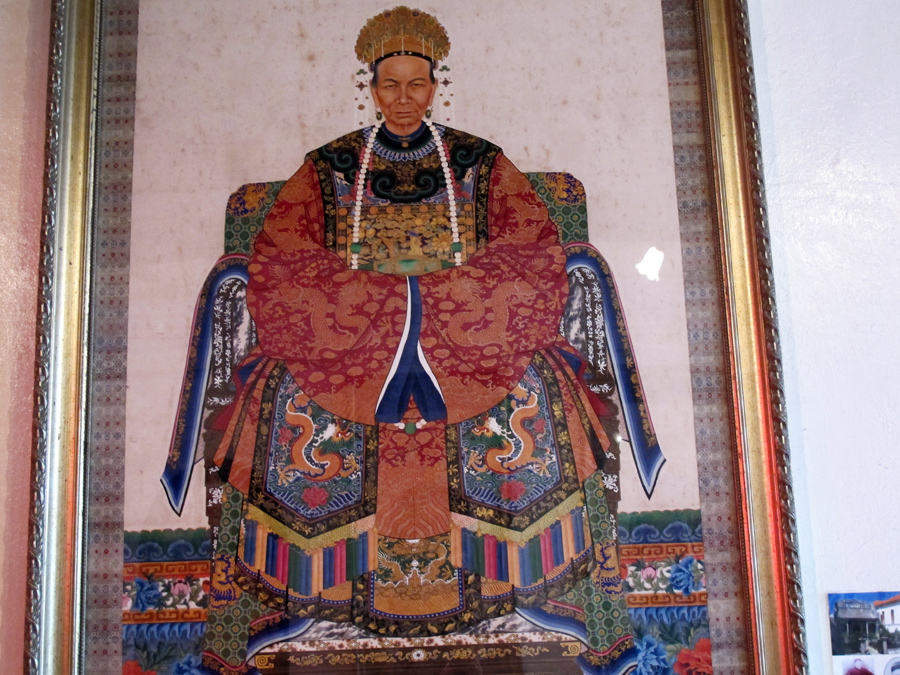
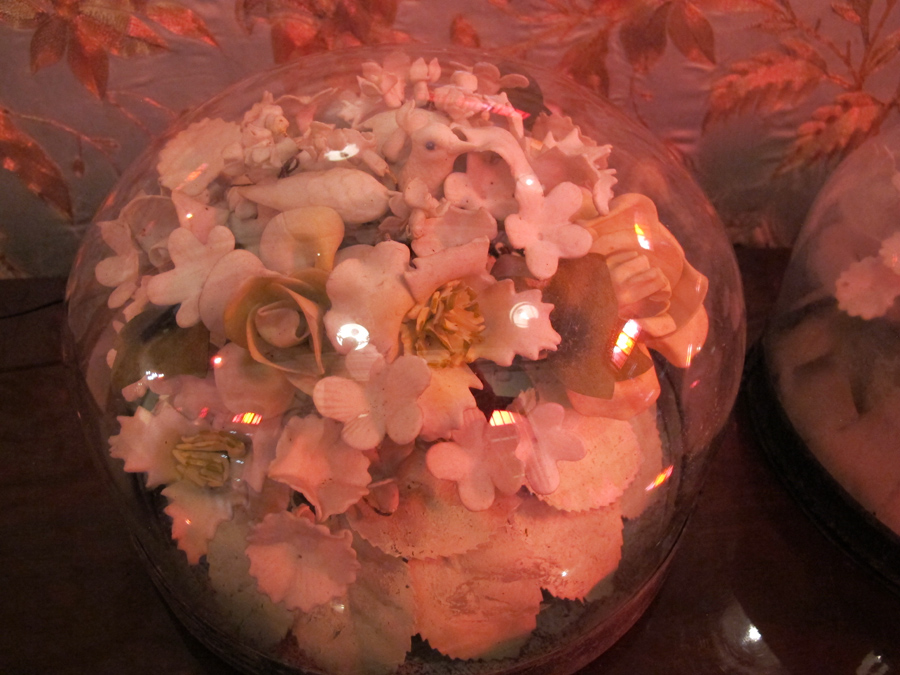
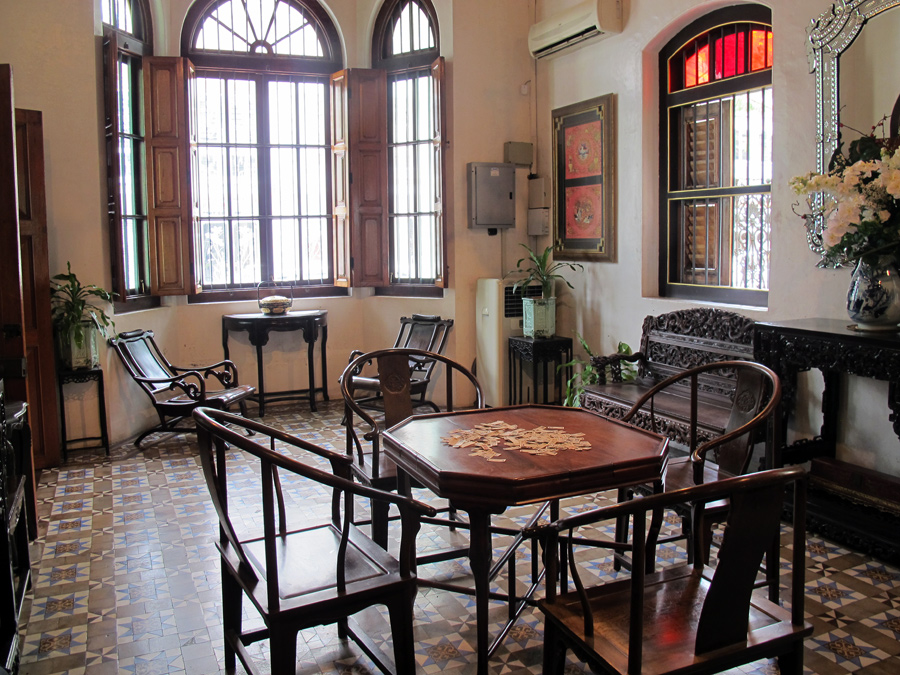
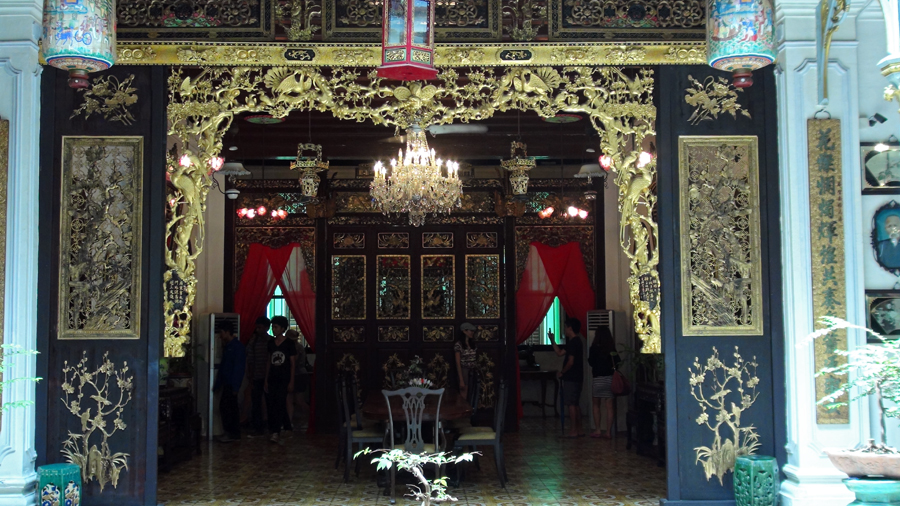
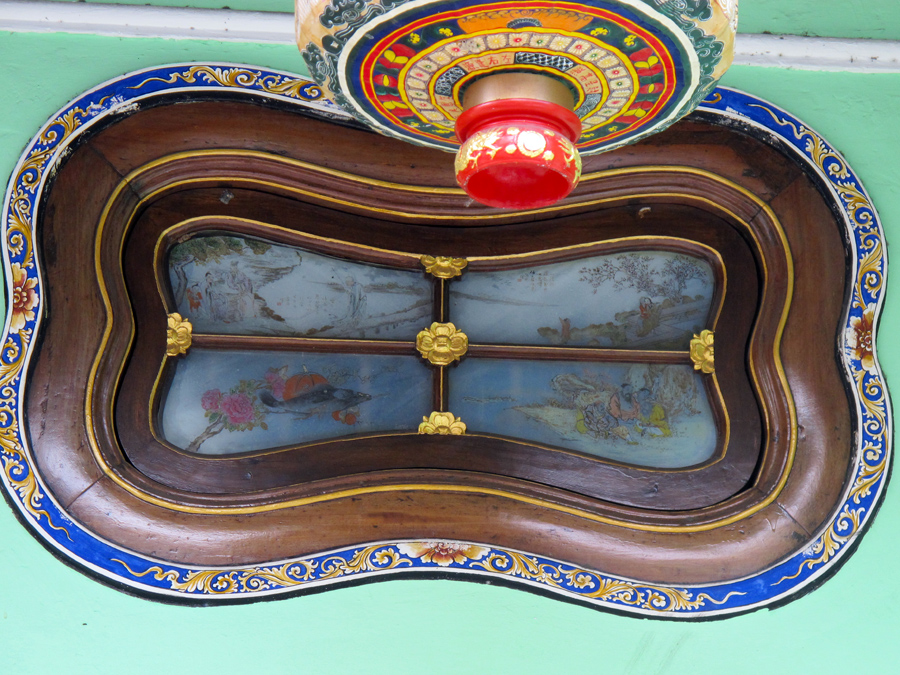

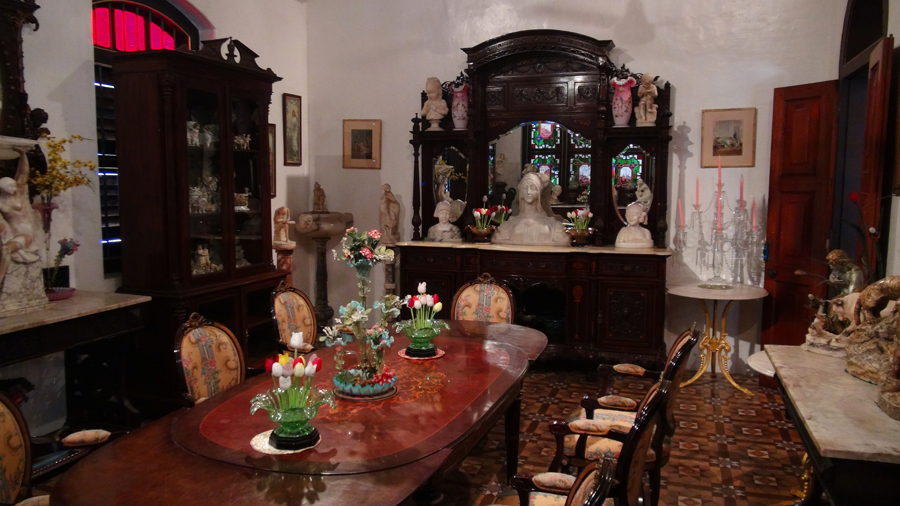
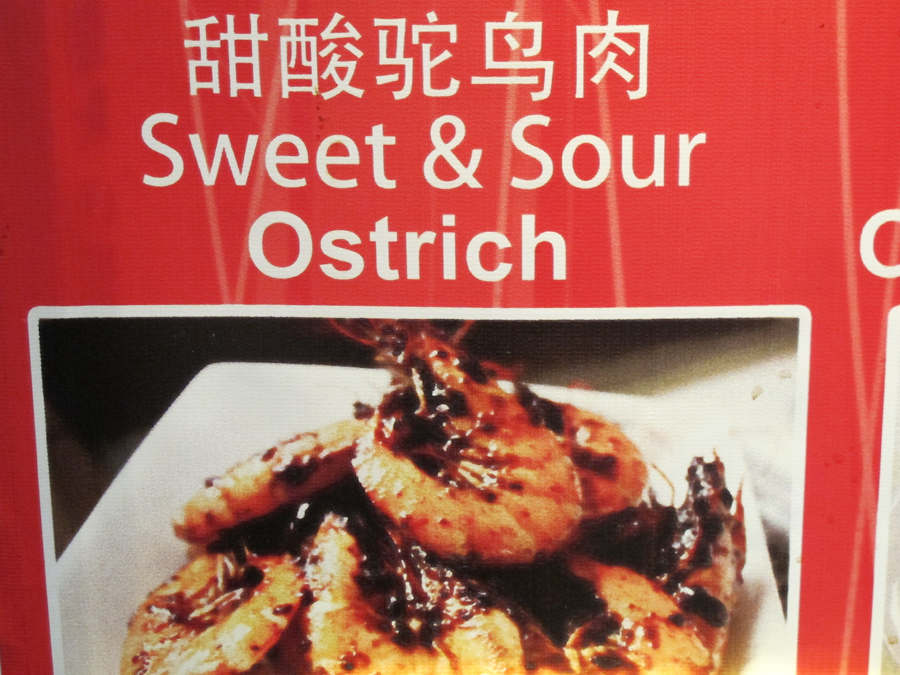

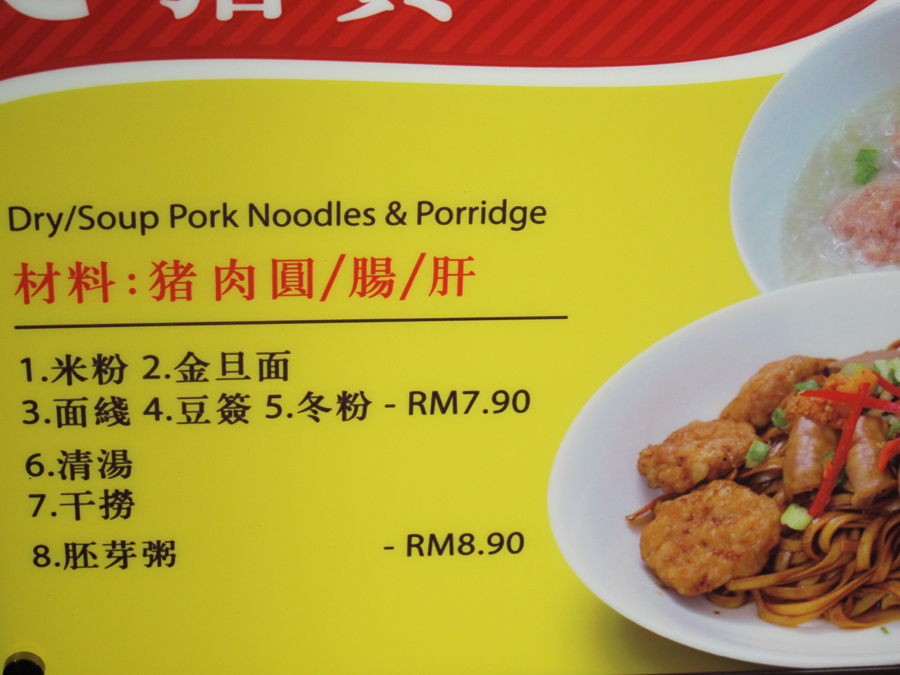
It sounds like you were able to find those places in Penang that capture the soul and history of the island. Your writing is very evocative. Loved the description of Teksen Restaurant; for me, one of the delights of travel is the fabulous and affordable food, especially places where the locals eat. Also loved hearing your thoughts about and photos of Pinang Peranakan Mansion. I also feel conflict in those places, wonder at the incredible beauty and elegance of those places, and the stunning craftsmanship in the making, and also the appalling social inequities, masses working all their lives to keep the few in unimaginable excessive luxury. Got to go now, will email soon.
I thought you would really like Penang Is, Joan. This place and others here really were so full of history that I (and I think you) could relate to. I’ve been slow to write the second half of this -it’s almost too much in the past now! But want to, to finish the story of this quite fascinating place.